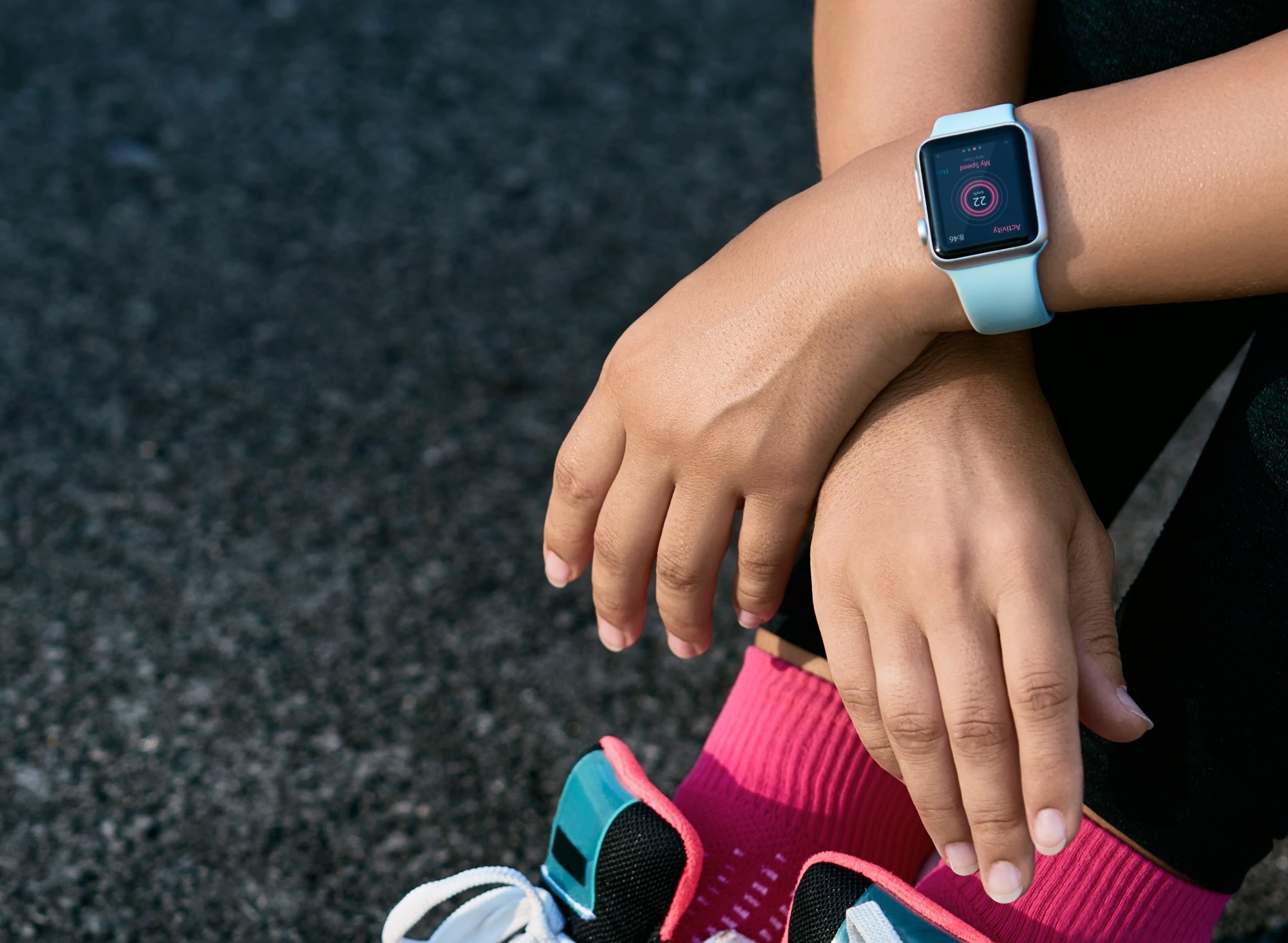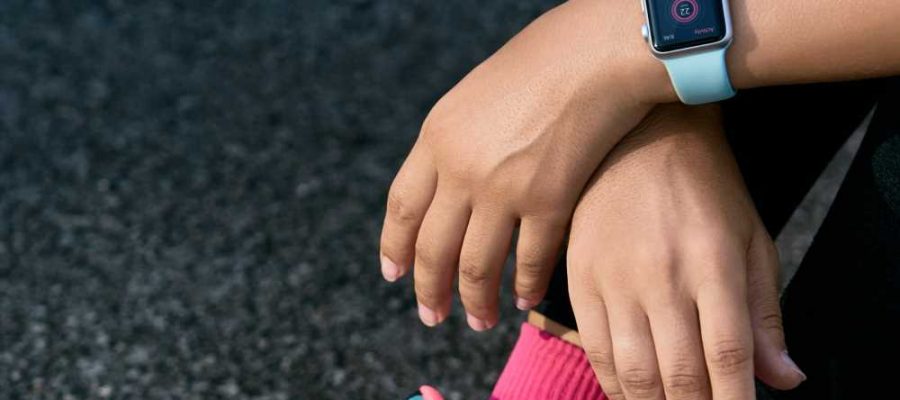In a recent study published in the PLOS ONE Journal, researchers determined the longitudinal and cross-sectional associations between resting heart rate (RHR) and cardiorespiratory fitness.
 Study: Resting heart rate is a population-level biomarker of cardiorespiratory fitness: The Fenland Study. Image Credit: quantium/Shutterstock.com
Study: Resting heart rate is a population-level biomarker of cardiorespiratory fitness: The Fenland Study. Image Credit: quantium/Shutterstock.com
Background
The maximum oxygen intake (VO2max) is considered the gold standard for cardiorespiratory fitness assessment, with greater VO2max levels related to lower incidence rates of cardiovascular disorders, diabetes, malignancy, and death.
However, VO2max is not used regularly for population-level evaluations, for which RHR could probably be a feasible substitute.
Despite the relative ease of measurement, RHR values could vary depending on the individual’s physiological state and body posture at measurement; however, data on RHR variations by position and resting states such as sleep are limited.
Moreover, the influence of physical exercise and obesity on the RHR-to-cardiorespiratory fitness association is unclear.
About the study
In the present study, researchers investigated whether RHR could be used as a biomarker for cardiorespiratory fitness. In addition, they explored factors influencing the associations.
The large-scale United Kingdom (UK) Fenland population-based study included 5,143 and 5,722 men and women, respectively, 29.0 to 65.0 years of age. The team measured resting heart rate (beats per minute, bpm) in the seated and supine positions.
In addition, RHR values were determined when the participants were asleep. Fitness was assessed based on VO2max levels (ml per minute and kg) from treadmill tests.
The relationship between resting heart rate and cardiorespiratory fitness was determined with data adjustments for participant age, gender, physical exercise, and obesity.
For the longitudinal analysis, including 6,589 participants, resting heart rate and cardiorespiratory fitness levels were reassessed after six years (median). In addition, the team assessed the relationship between cardiorespiratory fitness and intra-individual RHR changes.
During the severe acute respiratory syndrome coronavirus 2 (SARS-CoV-2) outbreak, the team used a phone application to measure the resting heart rate of 1,914 individuals remotely between August 2020 and April of the following year. They also assessed differences in RHRs obtained during pre-pandemic times.
Diabetic individuals, pregnant or lactating women, individuals with walking difficulties, individuals with psychosis, and those with terminal illnesses were excluded from the analysis. Obesity was evaluated using the fat mass index (FMI) and the body mass index (BMI).
Sociodemographic data concerning ethnicity, alcohol intake, and smoking habits were obtained using questionnaires. Linear regression modeling was performed for the analysis. Participants were recruited between 2005 and 2015.
Results
At baseline, 12,435 individuals were analyzed (response rate of 27%), from whom 10,865 individuals were considered for the present analysis after excluding 315 individuals consuming beta-blockers and 28, 846, 373, and eight individuals with missing data on RHR, fitness, physical exercise, and obesity, respectively.
The mean values for the seated RHR, supine RHR, and sleeping RHR were 68, 64.0, and 57.0 beats per minute, respectively. Participants with higher RHRs had greater body fat and BMI levels, lower VO2max levels, and fewer physical activities. The median treadmill durations for men and women were 16 and 15 minutes, respectively.
On average, RHRs were three beats per minute higher, and the estimated VO2max values were eight ml O2 per minute per kg of the total body mass lower among women than men.
Beta coefficients of -0.3, -0.3, and -0.2 ml per kg per beat were obtained for age-adjusted relationships between resting heart rates and cardiorespiratory fitness levels among women and men.
Longitudinally, a 1.0 beat per minute increase in the supine resting heart rate was related to a 0.2 ml per minute per kg reduction in cardiorespiratory fitness. During the coronavirus disease 2019 (COVID-19), the RHR values increased among individuals with low pre-pandemic fitness but remained stable among others.
Age adjustments showed that the RHRs were significantly related to the estimated VO2max values among men and women, and the relationship remained significant after adjusting for alcohol intake, ethnicity, and smoking habits.
However, adjustments for physical activity energy expenditure (PAEE) and obesity lowered the resting heart rate-to-cardiorespiratory fitness association by 50% and 10%, respectively.
Conclusions
Overall, the study findings showed that RHR could be used as a biomarker for cardiorespiratory fitness at the population level in public health and epidemiological settings for screening, surveillance, and monitoring changes in response to policy interventions.
Factors impacting RHR paralleled changes in factors influencing cardiorespiratory fitness. Resting heart rate monitoring could be especially beneficial for remote population monitoring using smartphones.
The cross-sectional analysis findings showed inverse correlations between RHR and cardiorespiratory fitness that persisted across various RHR measurement modalities and fitness normalization conventions (by fat-free mass and total-body mass).
The relationship was partly explained by obesity but largely by physical exercise. In the longitudinal analysis, intra-individual changes in RHR were related to intra-individual changes in cardiorespiratory fitness, comparable in magnitude to the cross-sectional association.
Gonzales, T. et al. (2023) "Resting heart rate is a population-level biomarker of cardiorespiratory fitness: The Fenland Study", PLOS ONE, 18(5), p. e0285272. doi: 10.1371/journal.pone.0285272. https://journals.plos.org/plosone/article?id=10.1371/journal.pone.0285272
Posted in: Medical Science News | Medical Research News | Medical Condition News | Healthcare News
Tags: Alcohol, Biomarker, Body Mass Index, Coronavirus, covid-19, Diabetes, Exercise, Heart, Heart Rate, Obesity, Oxygen, Pandemic, Physical Activity, Posture, Psychosis, Public Health, Respiratory, SARS, SARS-CoV-2, Severe Acute Respiratory, Severe Acute Respiratory Syndrome, Sleep, Smoking, Syndrome, Walking

Written by
Pooja Toshniwal Paharia
Dr. based clinical-radiological diagnosis and management of oral lesions and conditions and associated maxillofacial disorders.
Source: Read Full Article
